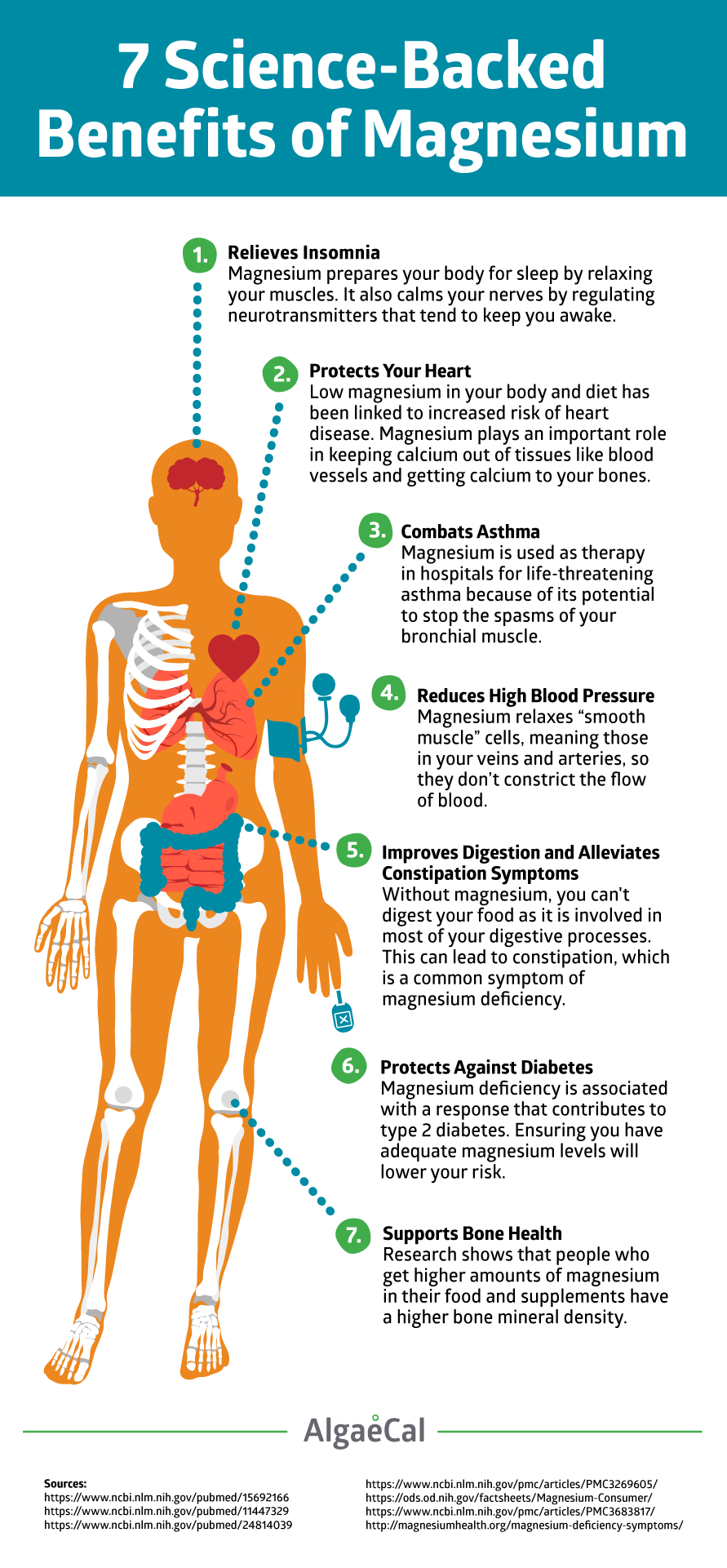
Gut dysbiosis is a condition characterized by a disruption in the ratio and number of microorganisms (known as the microbiome) in the small and large intestine to include bacteria, parasites, viruses, and fungus (Huang, Gao, Yu, Zhu, Ding, & Qin, 2019). Such aberrations in gut function are linked to altered nutrient digestion/absorption, reduced immune/barrier function, and altered behavioral (i.e., depression/anxiety) and cognitive function (Cao at al., 2017; Zu et al., 2018). A typical step to evaluate gut health includes monitoring signs and symptoms of dysbiosis (i.e., diarrhea, constipation, bloating, abdominal pain, weight loss, weight gain) (Bavishi & DuPont, 2011). However, another means of tracking gut health includes organic acid (OA) testing, which provides additional insight on microbial sources of dysbiosis and associated micronutrient deficiencies. As a means of appreciating OA testing, the following will explore two tests regarding the same.

Several organic acid tests evaluate the microbiome to include tricarballyate; a substance characterized by 3 carboxylic acid groups (Lord & Bralley, 2012). Higher levels of this molecule in the urine can indicate an overgrowth of an aerobic bacteria, and is problematic because of its affinity to bind to, and deny, absorption of certain micronutrients. Such a micronutrient that tricarballyate binds to includes magnesium (Mg), which can induce deficiencies if tricarballyate is high enough within the GIT. Mg deficiency can become problematic because it is involved in over 300 biochemical reactions in the body to include facilitating absorption of other micronutrients such as phosphorous (P), potassium (K), calcium (Ca), copper (Cu), zinc (Zn), iron (Fe), and sodium (Na) (Johnson, 2001). As such, Mg deficiency can induce a cascade of other micronutrient deficiencies and inhibit key physiological functions such as insulin, glucose, and energy regulation (Torkaz, MacDonald, & Klip, 2018).

D-lactate is another organic acid test which can provide insights on the presence of several strains of bacteria that populate the gut (Lord & Bralley, 2012). Awareness of high levels of said organic acid is relevant because it informs one of potential bacterial infection/overpopulation of such species. Furthermore, overgrowth of such species is highly associated with carbohydrate malabsorption. D-lactate, a product of bacterial glucose metabolism, is generally not problematic as the body can clear it in an efficient manner. However, overpopulation of certain species of bacteria, in conjunction to dietary carbohydrate consumption, can react with larger portions of glucose inducing D-lactic acidosis (DLA) (Lord & Bralley, 2012). DLA can eventually disrupt gut motility causing diarrhea, which induces further losses in macronutrients and micronutrients. Left unchecked, DLA can cause symptoms such as delirium, aggressiveness, hallucinations, and slurred speech (Lord & Bralley, 2012).
In conclusion, the GIT is a systeminvolved in such processes as nutrient synthesis/digestion/absorption, immune system regulation, and cognitive function (Cao at al., 2017; Zu et al., 2018). Thus, maintaining gut homeostasis is central to overall health, performance, and quality of life. If an individual presents with signs and symptoms mentioned in previous sections, organic acid testing can help identify overgrowth of certain microbes that may be contributing to the same. Ultimately, such an approach can serve as a vital step in developing nutritional and pharmaceutical interventions to manage such intestinal colonies.
References
Bavishi, C., & DuPont, H. L. (2011). Systematic review: The use of proton pump inhibitors and increased susceptibility to enteric infection. Alimentary Pharmacology & Therapeutics, 34(11-12), 1268-1281.
Cao, H., Liu, X., An, Y., Zhou, G., Liu, Y., Xu, M., … Wang, B. (2017). Dysbiosis contributes to chronic constipation development via regulation of serotonin transporter in the intestine. Scientific Reports, 7(1), 1-12.
Huang, L., Gao, R., Yu, N., Zhu, Y., Ding, Y., & Qin, H. (2019). Dysbiosis of gut microbiota was closely associated with psoriasis. Science China Life Sciences, 62(6), 807-815.
Johnson, S. (2001). The multifaceted and widespread pathology of magnesium deficiency. Medical Hypothesis, 56(2), 163-170.
Lord, R. S., & Bralley, J. A. (2012). Laboratory evaluations for integrative and functional medicine (2nded.). Duluth, GA: Genova Diagnostics.
Torkaz, V. L., MacDonald, P. E., & Klip, A. (2018). The cell biology of systemic insulin function. Journal of Cell Biology, 217(7), 2273-2289.
Zu, X., Wang, C., Dong, X., Hu, T., Wang, L., Zhao, W., … Sun, J. (2018). Chronic alcohol exposure induced gut microbiota dysbiosis and its correlations with neuropsychic behaviors and brain BDNF/Gabra1 changes in mice. Biofactors, 45(2), 187-199.
-Michael McIsaac
